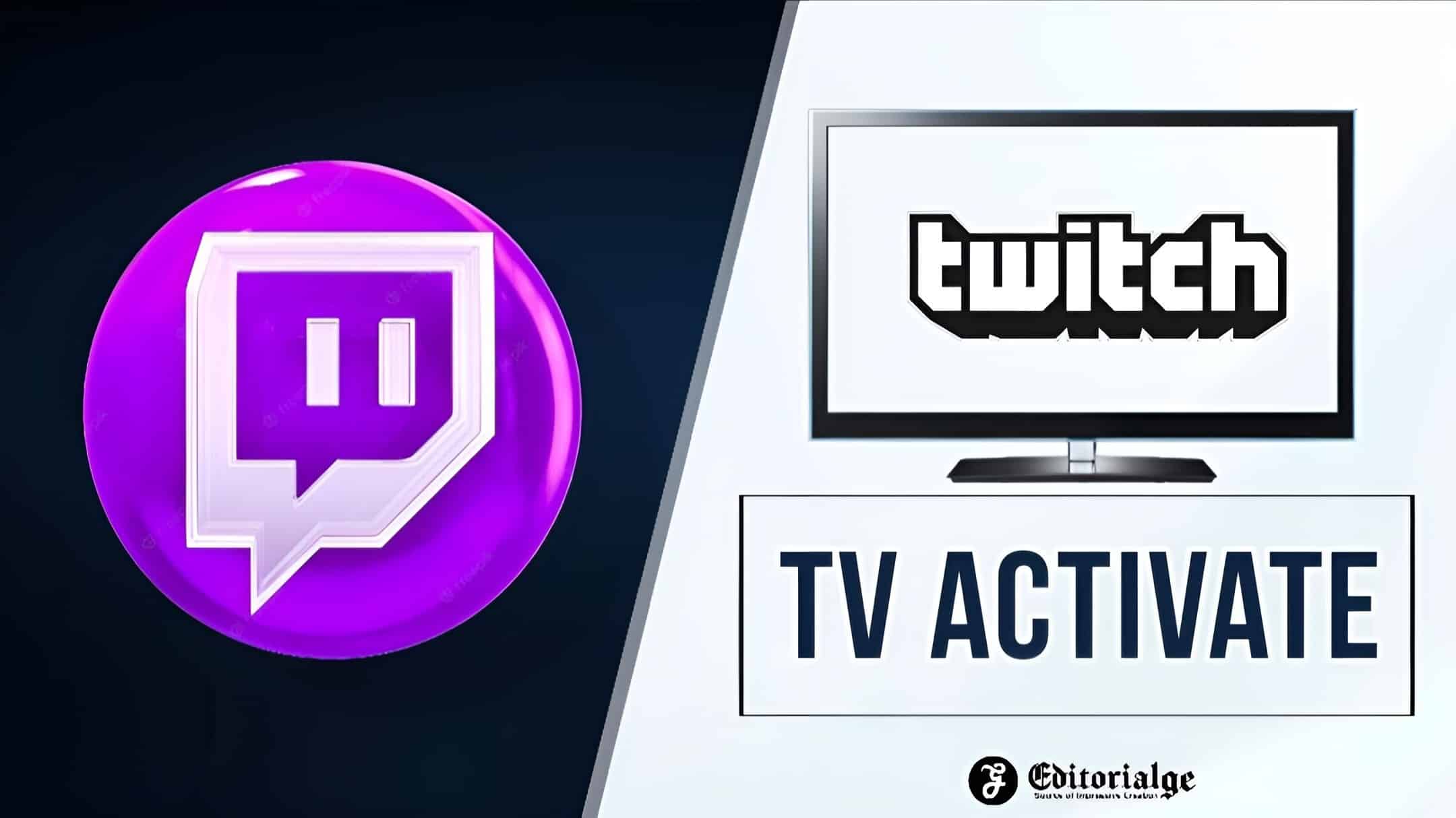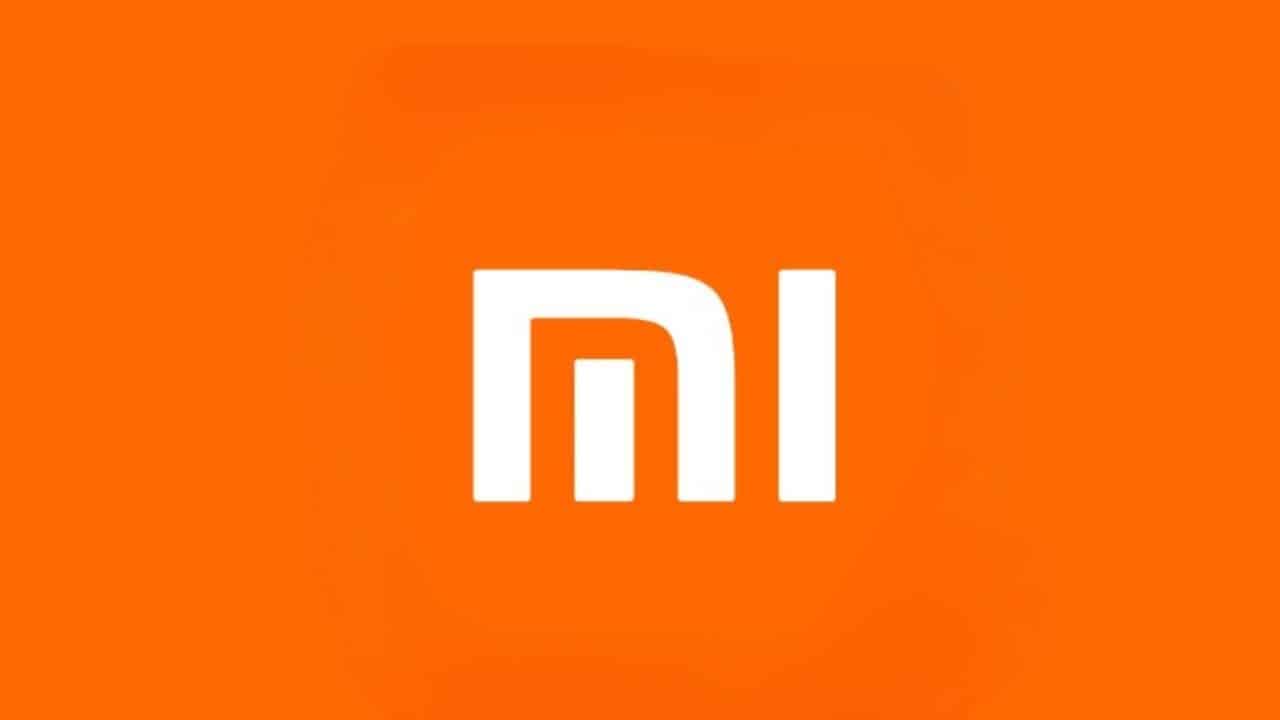A fast-moving comet blazing over the Northern Hemisphere’s predawn skies will be gone by early Tuesday morning, but only for a short period of time.
The comet, discovered on August 12 by Japanese amateur Hideo Nishimura, will make its closest approach to Earth on September 12 before continuing on toward the sun.
It will never be closer than 78 million miles away when it reaches perihelion on September 17 — too far away to be anything other than difficult to notice yet rewarding for astronomy enthusiasts.
The greatest time to see it will be in the 90 minutes before sunrise on Monday morning.
Skyandtelescope.com and astronomy.com provide the best sky charts for locating it Monday morning.
Those who are intrigued enough to look for a sky chart will be disappointed if they are not out in the country, under clear skies with an unobstructed view to the east-northeast, and before the colors of dawn begin to lighten the sky. If you want you can also read – 10 Upcoming Space Missions 2023
However, being away from the lights is not required. In general, it will be in Leo and only a few finger widths above the horizon.
It is difficult to see with the naked eye, but binoculars will aid in the search. A carbon signature is visible as a greenish light.
If it isn’t ripped apart by the close encounter, it will only be visible from the Southern Hemisphere later in the month.
So if you’re a brave soul, catch it while you can. And don’t forget to invite us all if you have clear skies near the Bay Area far away from city lights.
Or wait till it comes around again in 2458. What a fascinating world it will illuminate then.









































